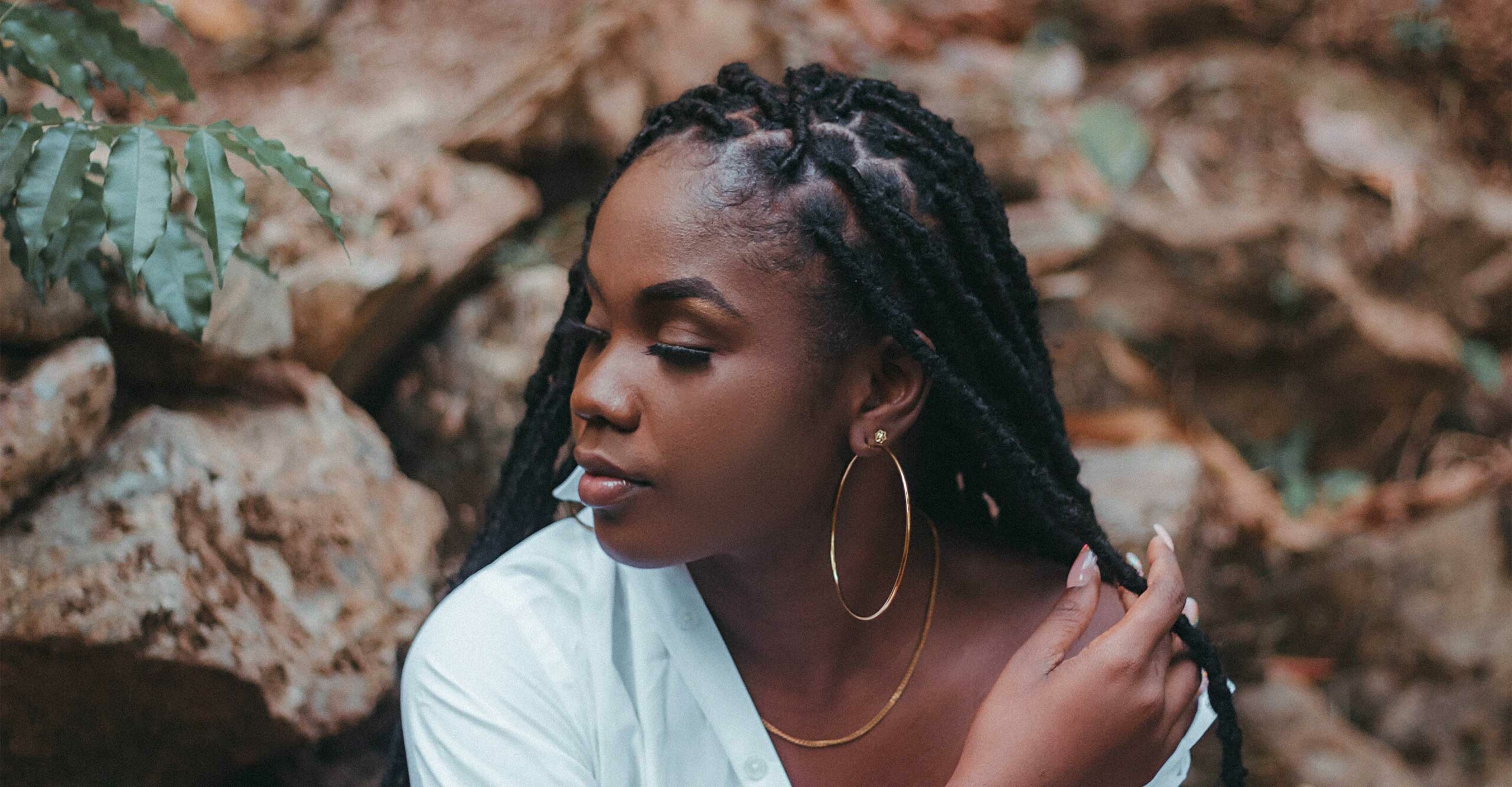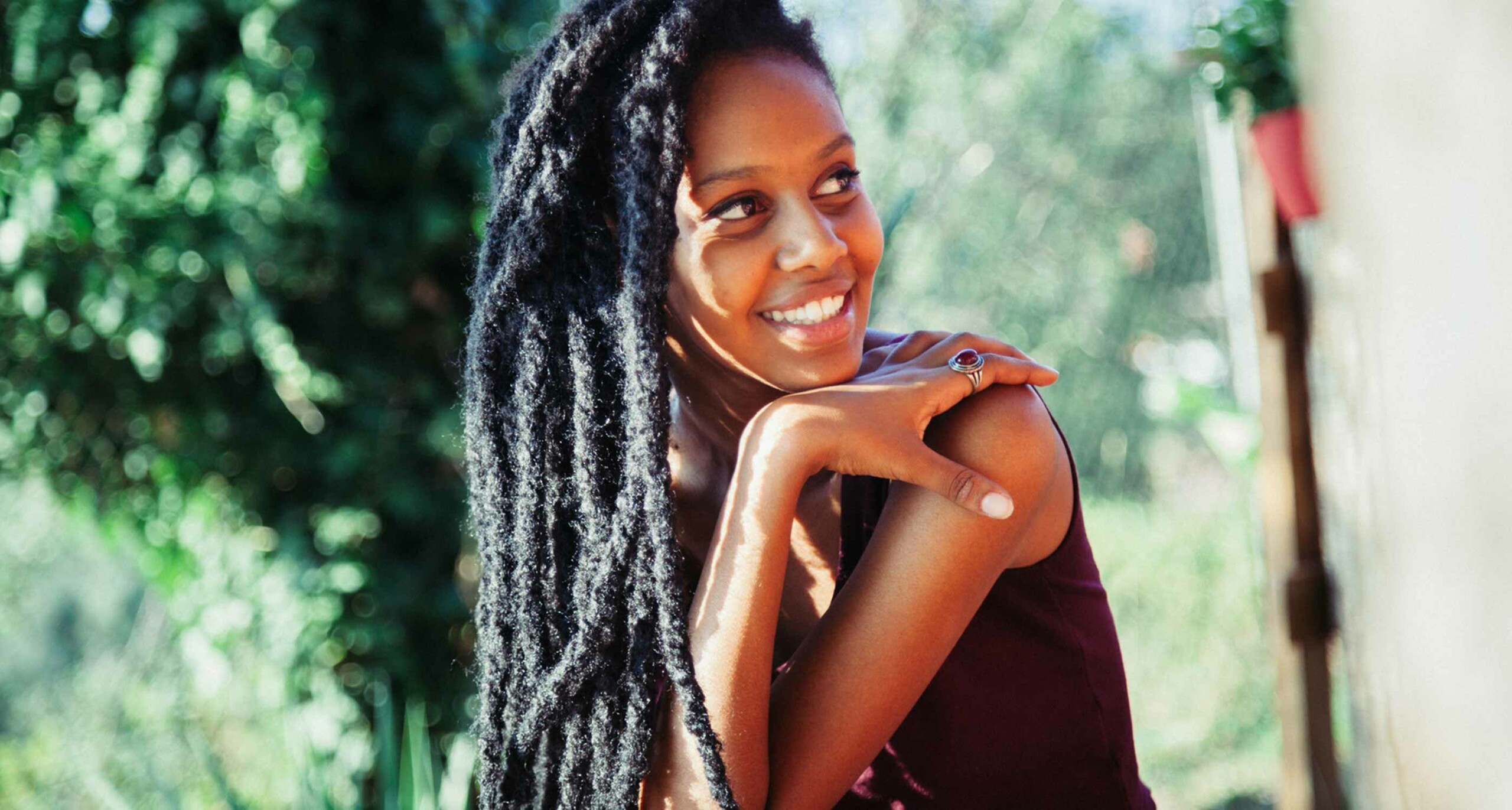How to Get Dreadlocks: A Beginner’s Guide
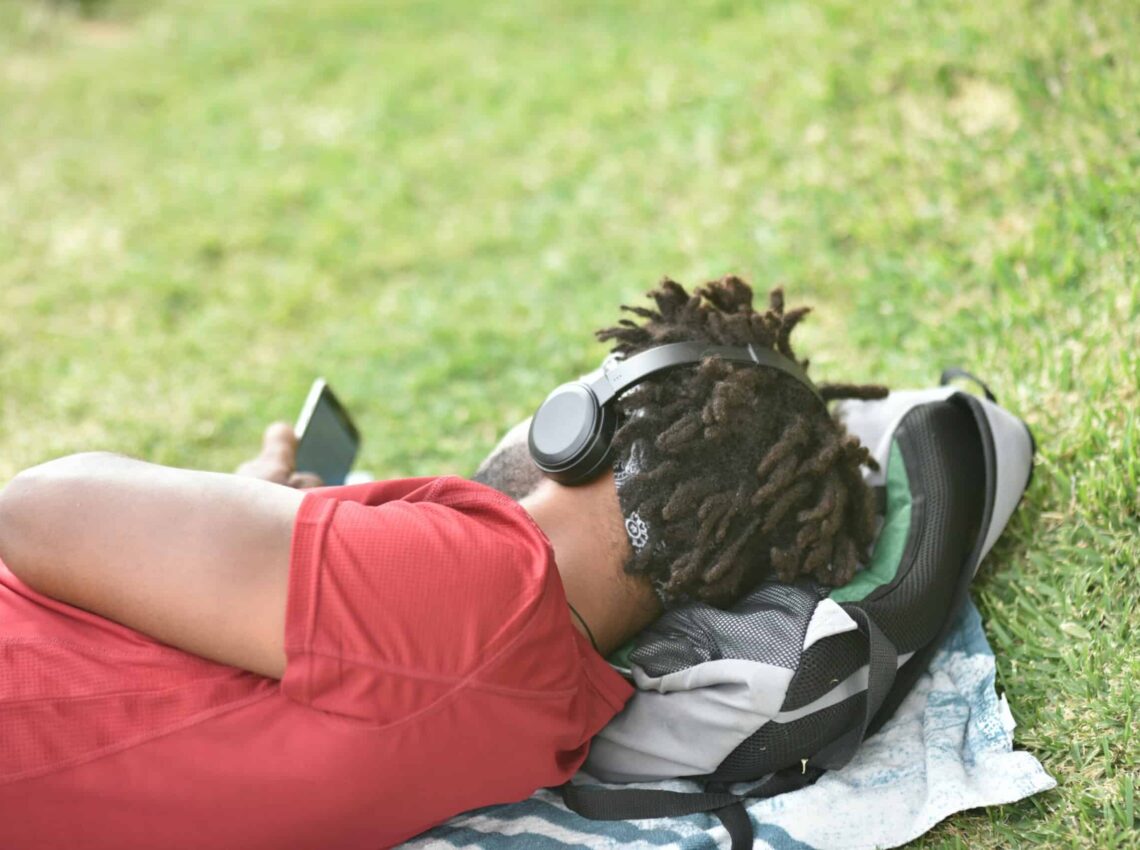
Dreadlocks are one of the most ancient and versatile natural hairstyles. Many people have the misconception that dreadlocks are easy to take care of and require no maintenance, however, they can certainly come at a cost of time and commitment.
If achieving any of the more popular dreadlocks hairstyles seem overwhelming to you, don’t worry because we’re here to help you through all your questions. Whether you want to put in the work yourself in the comfort of your home or consult with professional stylists for a helping hand, we’re here to guide you through all of the options you have.
If you are wondering how to get dreadlocks, keep reading to learn the step-by-step process for the many different methods you can use. Plus, we’ll even discuss how to take care of dreadlocks, along with some products you’ll want to get your hands on for beautiful and healthy locs.
What are Locs?
Before we get started, let’s discuss what locs are. Locs are rope-like strands of hair that can be achieved through different methods of formation, like rolling, hair braiding, and backcombing. Getting locs is not an overnight process, so this might be a slight test of your patience. To prepare before starting your loc journey, you should know about the five different stages or phases of loc growth and formation. The entirety of the process can take anywhere between 18 to 24-plus months, before achieving the strong, firm locs you’ll desire.
A Brief History Lesson on the Style
Locs have been worn by many different people throughout history, but Vedic (a religion belonging to ancient India) scriptures provide the earliest recognized recorded evidence of the style. The exact date of origin is unknown but is said to be between 2500 and 500 BCE.
The scriptures reference the word “jaTaa,” which translates to “twisted locks of hair.” Since the beginning of time, locs were worn as a symbol of spirituality, but have become increasingly popular for their functionality, individuality, and in large part due to the natural hair movement.
Today, they are famously worn across screens, red carpets, and social media by celebrities like Ava DuVernay, Future, Chloe and Halle, and Miguel to name a few.
The Different Stages of Locs
Starter
The starter stage, also known as the baby stage of loc development, can last anywhere from three to six months, depending on your hair type and how fast it grows. Those with natural straight hair, loose hair, or coarse hair may all have different timelines in terms of loc formation. You can choose to start your locs by using different methods, such as braids, twists, comb coils, or palm rolls. Some people start by creating small to medium sections to create a uniform pattern, while some let their locs grow into a more freeform style.
Budding
This stage, also known as the sprouting stage, begins around the six to 12-month mark. During this time your hair will begin to stick together. You may notice new hair growth and frizz, so it’s important to establish a locs hair care routine using the best products for natural hair. This will consist of a washing, moisturizing, and a re-twisting routine to maintain the style of your locs.
Teen
The teen stage is about 12 to 18 months into your locs journey. You will begin to notice your locs forming into a more defined and bigger shape. Shampooing your hair will no longer unlock or unravel and your locs may begin to hang down your head.
Mature
The duration of the mature stage lasts about one to two years. During this period, your locs are mature enough where they will no longer need re-twisting to form. The locs should be thick enough to hold up on their own, and your hair will begin to lay flat. Your locs will grow at the same speed your hair naturally grows, so don’t worry if they’re not feeling mature close to a year into your journey.
Rooted
This is the final stage of the journey, where your locs have fully developed and will feel firm, be heavier and longer, yet slender. This stage typically sets in about two years after you begin your locs. The great thing about locs is that you can choose to let them grow below your waist or keep them trimmed for a shorter and more manageable style.
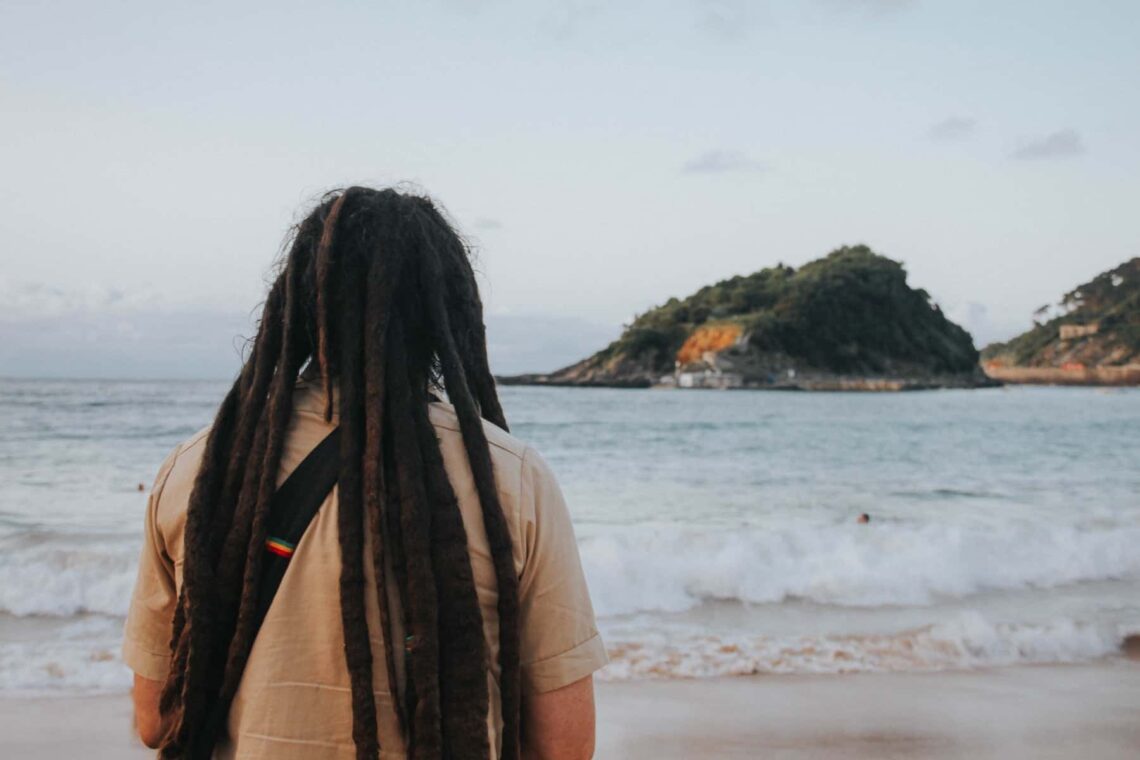
Should I Get Locs?
Deciding to get locs is similar to deciding on getting the big chop – it’s a huge decision. For many, our hair represents our expression, culture, and spirituality, so deciding on a hairstyle, especially one like locs, takes some thought. It’s important to remember that even though locs are known for being a low-maintenance style compared to other types of hair braids, there are still a few necessary steps to keeping your locs healthy.
Make sure you are committed to taking care of your locs, by properly shampooing them every two to three weeks. Remaining patient for the next year or two for your locs to reach their final form is key to achieving the look. If you can maintain a proper hair care routine and have patience in the beginning stages, then there’s no reason you shouldn’t begin your locs journey.
How Do I Start Locs?
So, how do you get dreadlocks? When it comes to starting your loc journey you can visit a dreadlocks stylist in your area or do it by yourself. Here are some things to consider with both options:
DIY Locs
Up for a challenge well worth the reward? Do you want to know how to create dreadlocks on your own and without the help of a stylist? Starting your locs journey at home might sound complicated, but it’s not as hard as you might think. With the right technique and tools, you will be on your way to achieving the look you desire. There are a few different step-by-step methods to follow when learning how to dreadlock hair. Any method you choose, the styling process will start with a deep cleansing to get rid of any buildup in your hair, followed by conditioning treatment to replenish moisture. Make sure your clean hair is completely dry before beginning locs.
Going to a Salon
If doing it yourself isn’t your thing and you would rather leave it up to the beauty professionals, going to a locs specialist is a great option for starting your locs journey. Salon methods for starting locs vary from salon to salon and stylist to stylist. Here are a few things salons will consider before deciding which method they’ll use to start your locs:
- Hair length
- Hair texture/type
- How thick you want your locs to be
- Your budget
After you have consulted with your stylist about your hair type and the hairstyle you’re looking to achieve, dreadlocks can cost you anywhere between $50 and $150. Some salons charge based on an hourly rate, the dreading method, and or your hair type/texture. It’s important to book a consultation before starting the locking process so that you are getting the types of dreadlocks you want and it is within your budget.
Loc Methods
If you’re thinking about starting your loc journey on your own or going to a stylist, here are a few methods that can be used to start them:
Freeform
The original style of locs are known as freeform and most popularly recognized on Bob Marley. This style is achieved by letting the hair grow and form naturally, without any manipulation. There is minimal maintenance during the growing process of freeform locs, but you will still need to wash and properly dry your hair every two to three weeks to maintain healthy hair and a healthy scalp.
Two-strand twist
Using this technique will give your locs a smoother appearance, but may not hold up as firm as other techniques.
- Starting at the base of the head, section out square shapes depending on the size of locs you want and hold in place using a hair clip or rubber band.
- Begin section by section, separating the hair into two parts and twist the strands as they pass over each other in the opposite direction.
Braids
You are probably most familiar with the braiding technique given the many popular braid styles trending today. Braids are best for those with a looser hair texture to prevent the hair from unraveling, especially during shampooing. It can take up to one or more years for the braid in your hair to form into a loc.
- Section your hair based on the size you want for your locs.
- Braid your hair as you normally would.
Comb coils
One of the most popular methods to loc hair is comb coiling.
- Starting at the base of your head and begin parting your hair into a small section depending on how thick you want your locs to be.
- Take each section and apply a small amount of gel to your rat tail comb or hair to give your hair moisture and hold.
- Starting at the root of your hair pull the rat tail comb down through your hair while twisting it clockwise or in the direction the hair grows.
Backcombing
Backcombing is used more commonly on longer and straight, non-textured hair, but can be used on any hair type.
- Section your hair into smaller square shapes. Each square is going to be a single dreadlock, so part them based on how thin or thick you want each dreadlock to be. Hold the sections in place using rubber bands or clips.
- Take each section of hair and use a fine-tooth or dread comb to brush the hair backward toward the roots. Knots will begin to form throughout the section of hair until your ends. Once you reach the ends, palm-roll your hair and secure the loc in place with a rubber band.
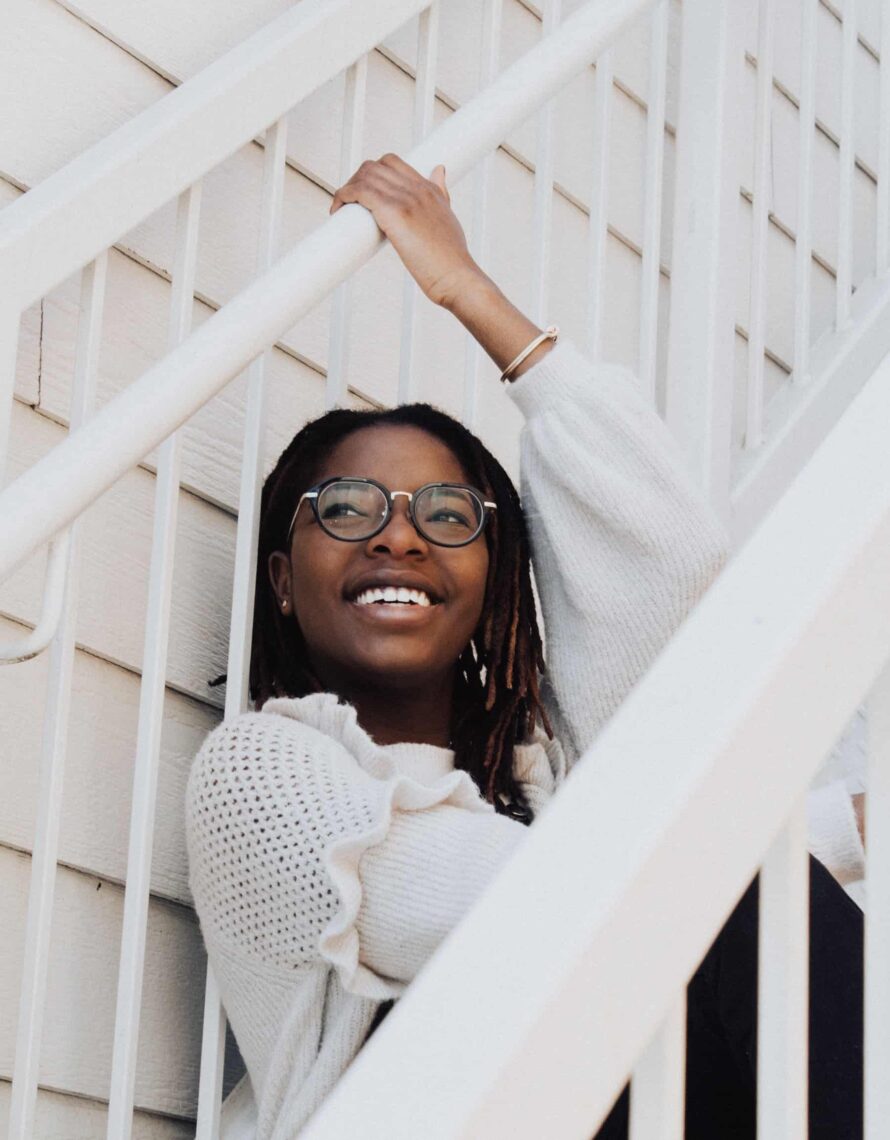
Maintaining Your Locs
Locs are a low-maintenance, natural hairstyle, but still require you to have a proper hair care routine. Here a few natural hair care tips to maintain locs in the beginning stages and throughout your loc journey:
Don’t apply too much product
In the beginning stages of locs, it’s important to keep the amount of product and moisture in your hair to a minimum to prevent unraveling of the hair.
Shampoo every two to three weeks
Wondering how to get rid of buildup in dreadlocks? Washing your hair with clarifying shampoo every two to three weeks will prevent buildup of product, lint, sweat, dirt, and oil This is important to maintain the health of your locs and avoid damage, thinning, or breakage.
Properly dry your locs
After washing your hair, it’s important to completely dry your locs to avoid mildew from growing and building up. Use a microfiber towel, old T-shirt, or blow dryer to assist in the drying process.
Create a night routine
In the beginning stages, your locs are especially fragile to damage. Wrapping and securing your locs at night will keep them to stay hydrated to avoid thinning or breaking.
Treat your scalp
Maintaining the health and moisture of your scalp is important to the overall health of your locs. Try massaging your scalp using a lightweight scalp oil every few weeks.
Now that you know the different methods to start locs and how to maintain them, you are one step closer to your new look. There are many different methods you can use to get locs, depending on your hair type and the style and size of locs you want.
Think about your budget to help you decide if you’ll do it yourself with the help of this article and YouTube videos, or if you’ll leave it up to stylists that specialize in loc formation. Going to a salon might be pricey, but it might be worth your money depending on the technique and style you want.
Remember, no matter how you start your locs or what style they are, you will need to give them good TLC to keep them healthy. Whether you are searching for the best dreadlocks Houston stylists offer or the best dreadlocks Atlanta salons recommend, StyleSeat can connect to the most qualified loticitians in your city today.
Sources:
https://un-ruly.com/dreadlocks-101-an-overview/
https://www.refinery29.com/en-us/2015/04/86174/history-of-dreadlocks
